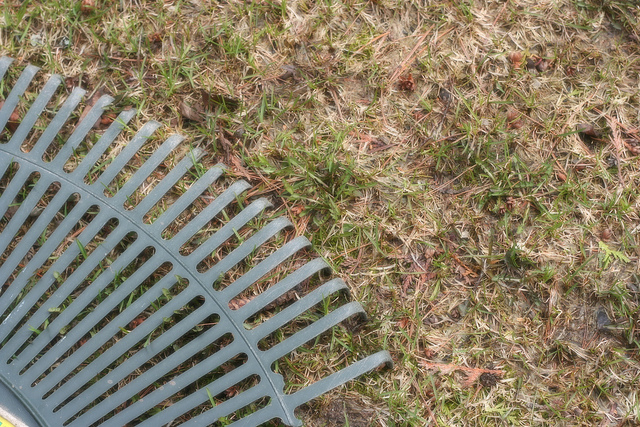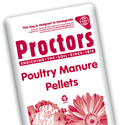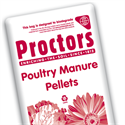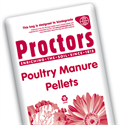Scarifying your lawn is the process of removing moss and old dead grass (or “thatch”). As well as looking bad, these can stop sunlight, water and nutrients getting to the living grass around and underneath them. Scarification is a relatively simple process, but it is important to get the basics right, or you could end up wasting your time, or even leave your lawn looking worse than before you started.

PHOTO BY KATE TER HAAR / CC BY
When to scarify
The best times to scarify are in the spring and autumn. At the start of the year is when your lawn is likely to have the most moss and dead grass in it due to the effects of winter. After scarification, you remaining grass will need plenty of warmth, water and sunshine to recover making spring the ideal time. It also means you should have a great looking lawn in time for summer.
If you have a really heavy moss problem, it can be better to scarify in autumn. This is because the process will end up temporarily leaving significant patches of your lawn as bare earth and there are fewer weed seeds floating around during autumn, meaning less chance of them gaining a foothold before your grass recovers. Autumn is also the ideal time for growing new grass as there is usually plenty of rain and the temperature is still warm enough to allow new growth.
You should avoid scarifying in summer, unless you want a lawn that will look patchy for months and are prepared to water your lawn regularly to encourage new grass to grow. Do not scarify in winter as new grass will not grow and you will simply end up with fresh moss filling the spaces you have just cleared.
How to scarify
If you have a small lawn or a working on a budget all you will need is a wire tooth rake, sometimes called a springbok or moss rake. For larger lawns, you may want to hire a powered lawn rake or “scarifier” which is a petrol or electric driven machine that looks a little like a lawn mower and will make short work of thatch and moss.
Whatever you are using, you should begin by raking in one direction, then rake across the same area by at a right angle to the previous direction. This gives you the best chance of getting rid of as much moss and dead grass as possible. Once you are done, make sure to remove all the material you have pulled out of the lawn and dispose of it. If you leave it lying on the lawn surface then this will defeat the purpose of scarifying! Moss and dead grass can be safely composted, so this is the ideal option.
Going forwards
The one downside of scarifying your lawn is that it will probably look a little bare immediately afterwards. Unfortunately this is an unavoidable part of the process and the important thing is to get new grass growing as quickly as possible to fill the gaps before more moss or weeds have a chance to take hold.
To get healthy new grass growing as quickly as possible, you will need to overseed your lawn with grass seed and treat it with some high quality lawn fertiliser. This will give your lawn the boost it needs to quickly recover, giving you a full a luscious looking lawn in no time. A well fertilised lawn will also be more robust, so you should have fewer issues with moss and dead grass going forwards.
If your lawn is not up to scratch, the team here at Proctors are always happy to offer advice. Take the first step towards getting the grass of your dreams by calling us on 0117 311 1217 or simply Ask John.























